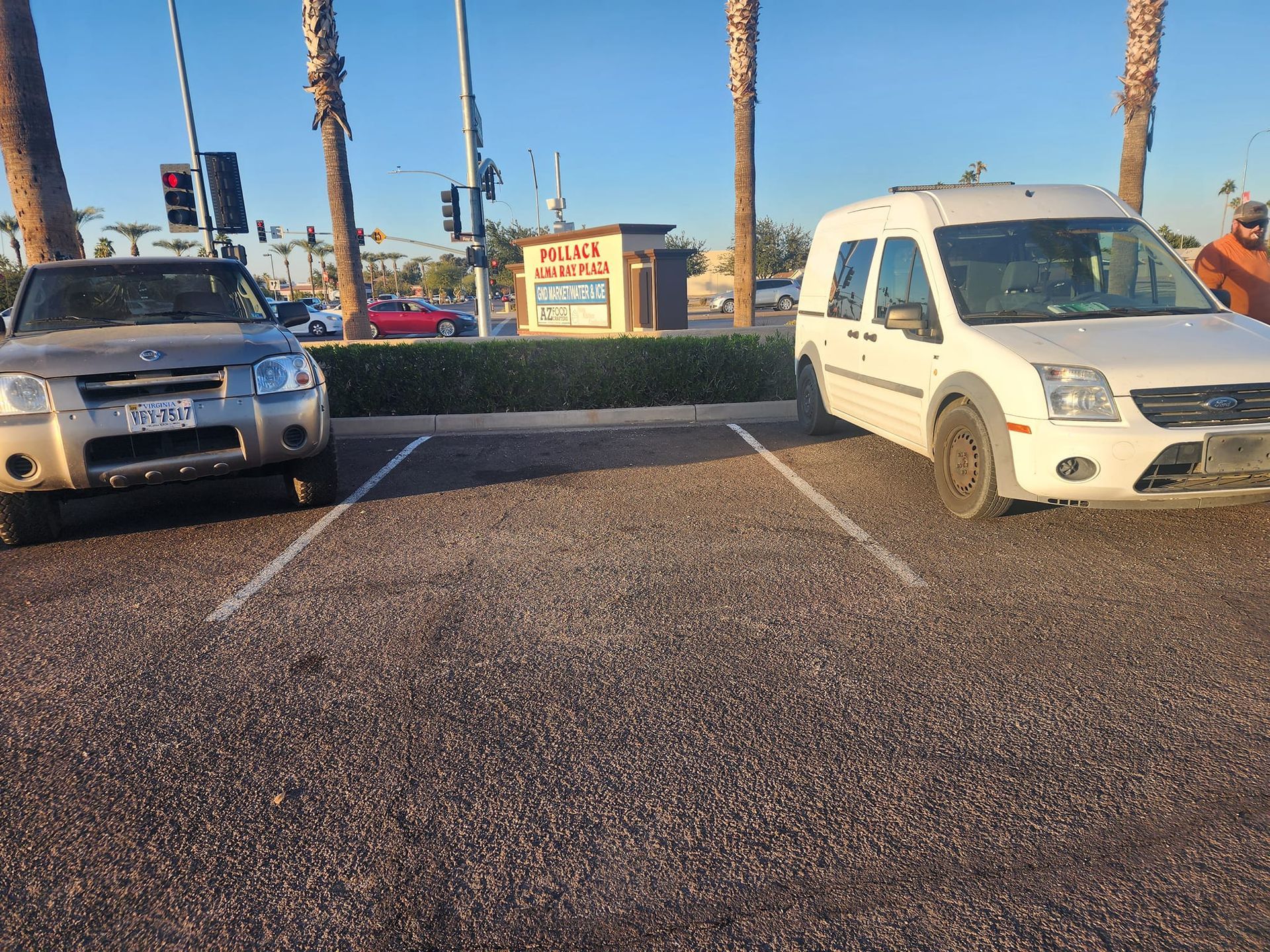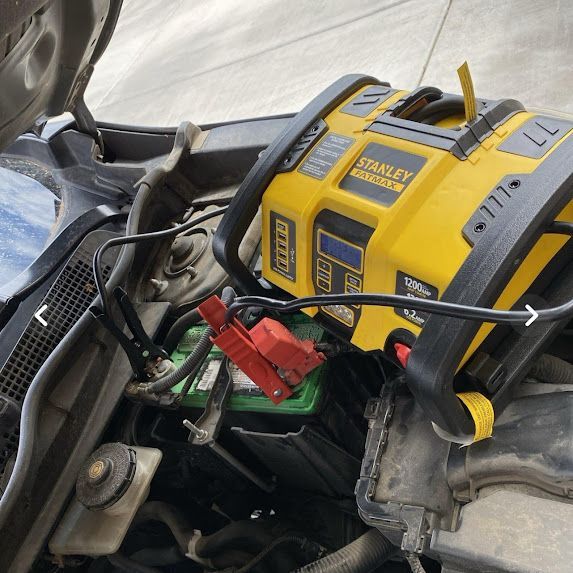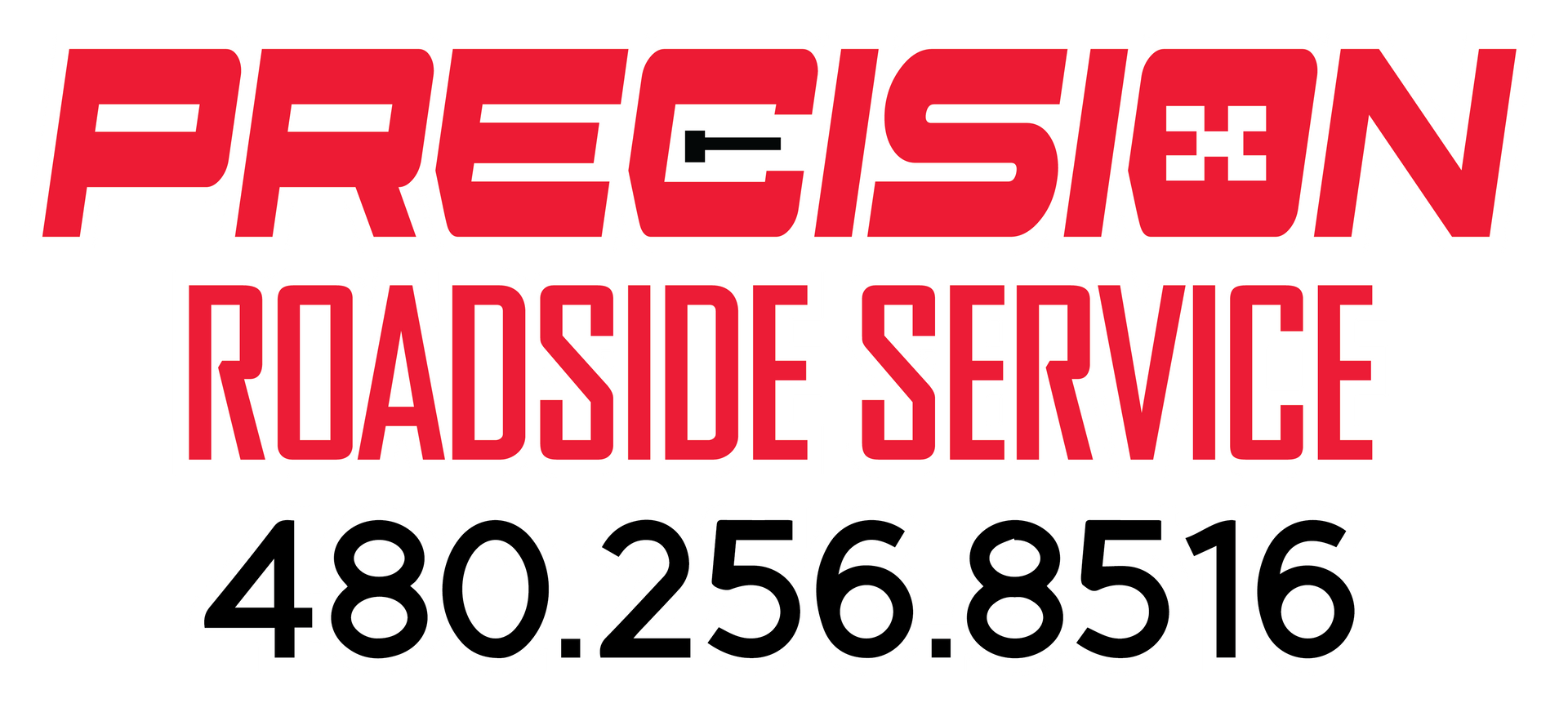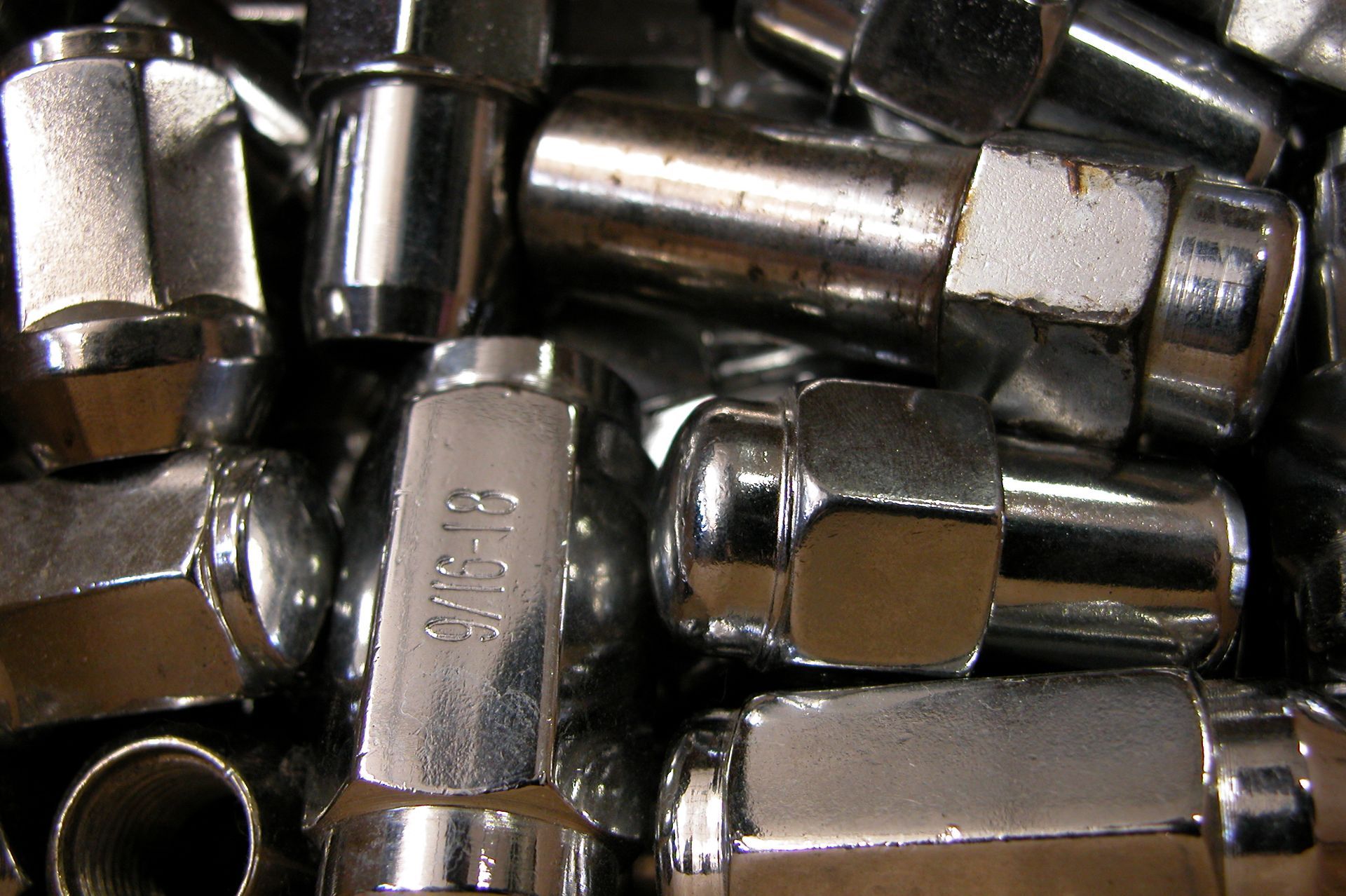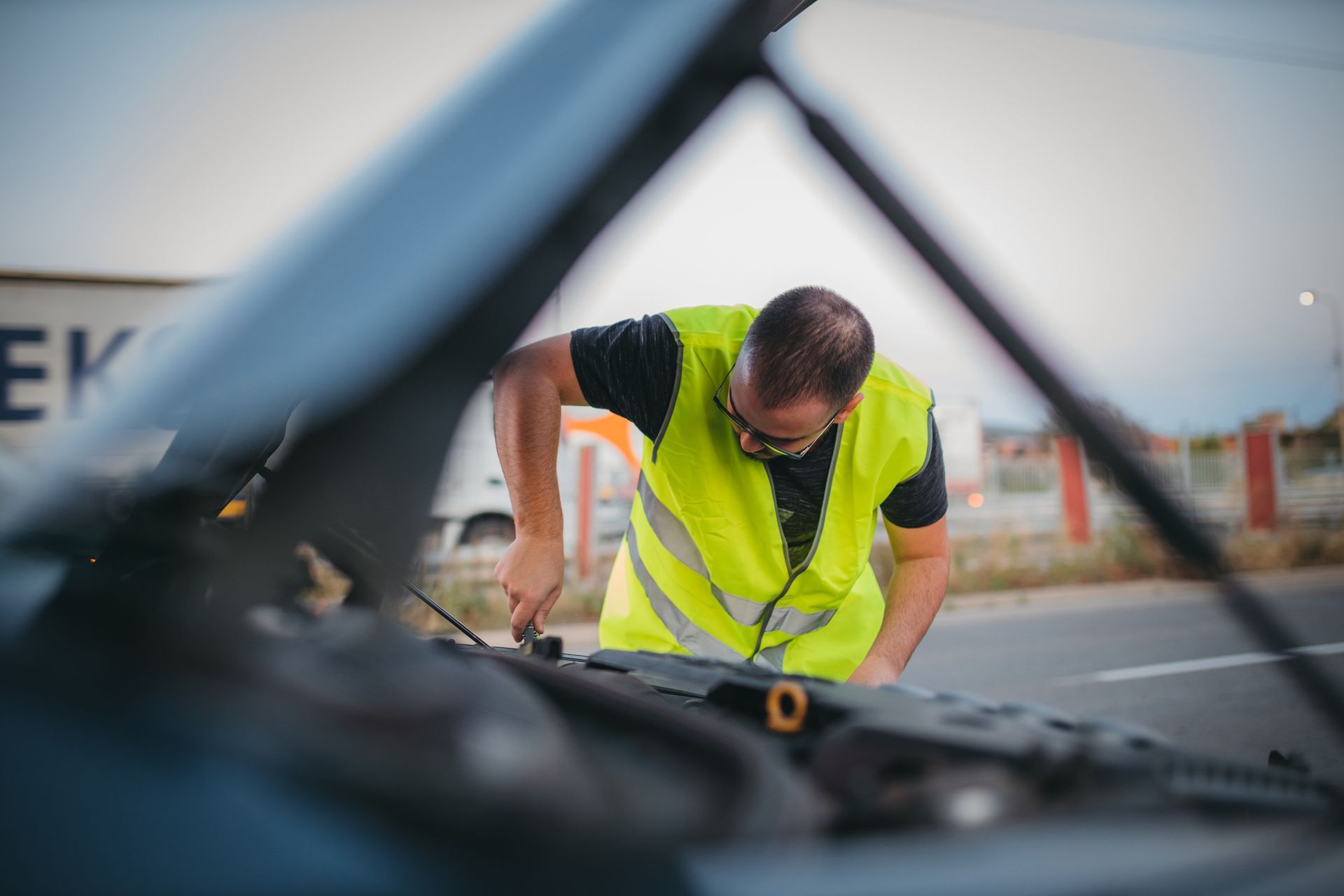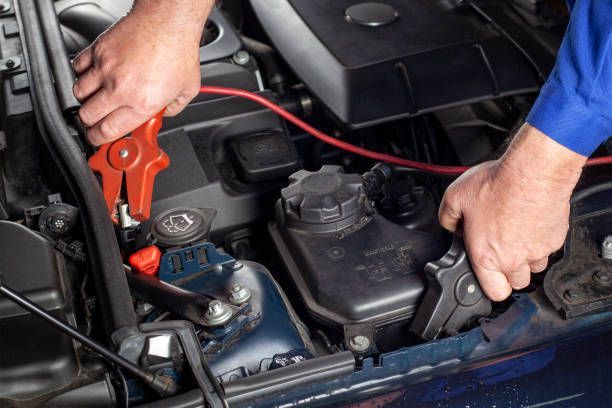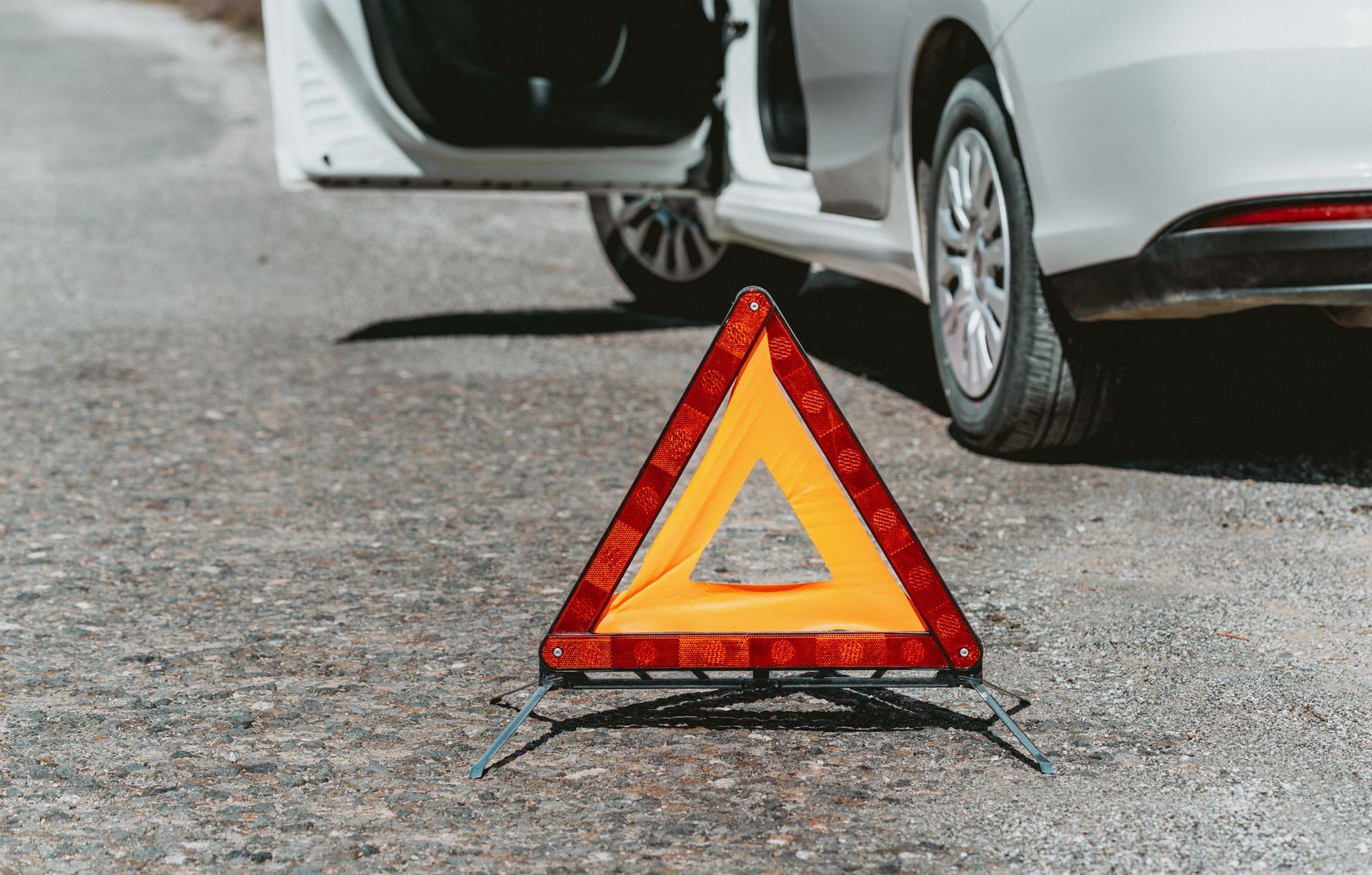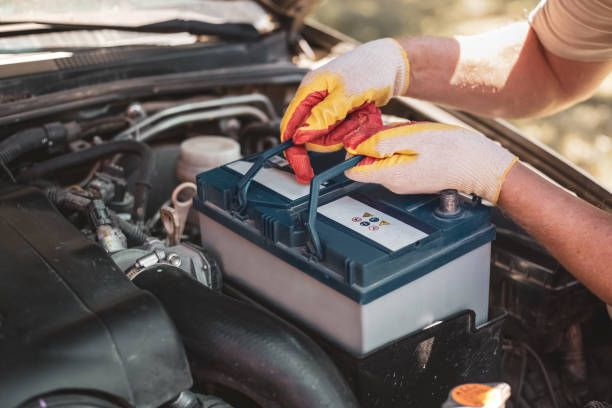Mobile Car Battery Replacement: Convenient, Fast, and Hassle-Free
Mobile car battery replacement is the ultimate solution for drivers needing a quick and convenient way to replace a dead or failing battery. Whether you’re at home, work, or stuck in a parking lot, this service eliminates the need to visit a repair shop, saving you time and stress. Here’s everything you need to know about mobile battery replacement and how it works.
How Mobile Battery Replacement Works
1. Find a Local Service
Look for a reputable mobile battery replacement provider in your area. Many auto repair shops and specialized roadside assistance companies offer this service.
2. Schedule an Appointment
Most companies let you schedule a time that fits your convenience, with some offering same-day appointments depending on availability.
3. On-Site Inspection
A trained technician will arrive at your location to inspect your vehicle and confirm that the battery requires replacement.
4. Battery Replacement
If a replacement is necessary, the technician will:
- Remove the old battery.
- Install a new battery securely and ensure it is properly connected.
- Dispose of the old battery responsibly, following environmental regulations.
5. System Testing
After installation, the technician will test your vehicle’s electrical system to ensure everything is functioning correctly and your car is ready to go.
6. Convenient Payment Options
You can typically pay on-site using a variety of payment methods, adding to the service’s convenience.
Benefits of Mobile Battery Replacement
1. Time-Saving Convenience
Skip the trip to the repair shop—mobile battery replacement comes to you, whether you’re at home, work, or stranded.
2. Immediate Assistance
Many providers offer same-day or emergency services, getting you back on the road as quickly as possible.
3. Professional Installation
Trained technicians ensure proper installation, reducing the risk of future issues or improper handling.
4. Safe and Eco-Friendly Disposal
Mobile services handle the responsible disposal of your old battery, ensuring compliance with environmental standards.
5. Peace of Mind
With system testing included, you can drive away confidently, knowing your car’s electrical system is functioning perfectly.
Mobile Battery Replacement in Phoenix and Surrounding Areas
If you’re in the Phoenix area and need a fast, reliable mobile battery replacement service, Precision Roadside Service is here to help. Our trained experts provide prompt and professional assistance, ensuring your vehicle is back up and running in no time.
Call us today at 480-256-8516 to schedule your mobile car battery replacement. With Precision Roadside Service, you can trust us to handle all your battery needs with expertise and care.
Choose convenience. Choose Precision Roadside Service. Let us get you back on the road, hassle-free!

